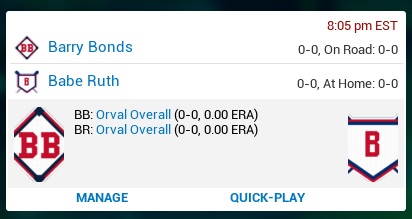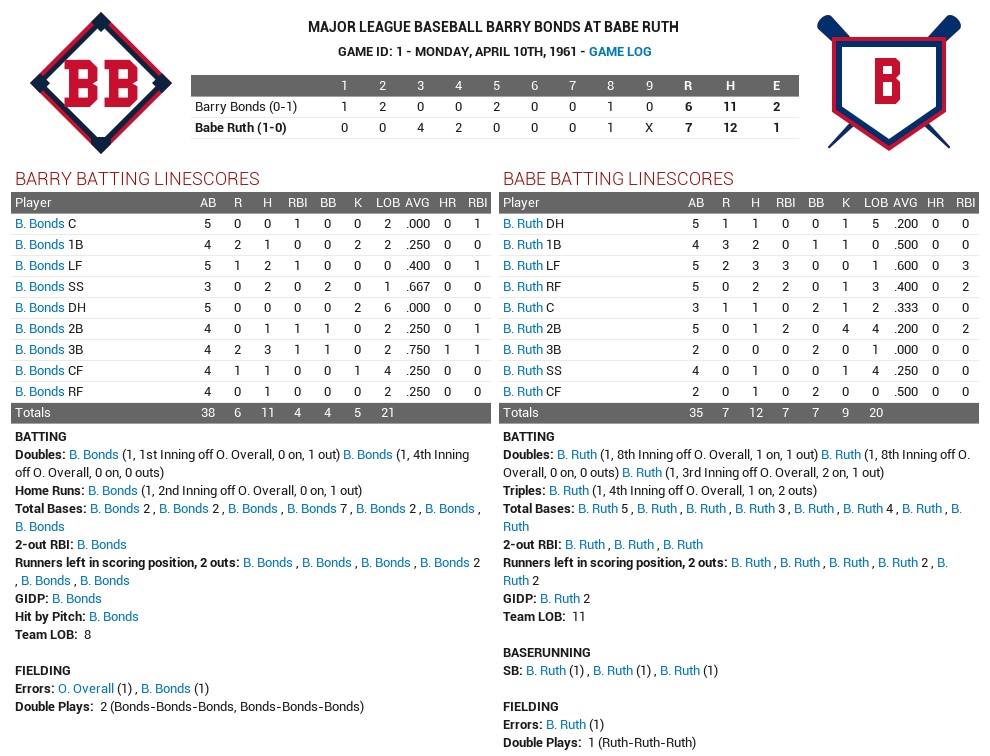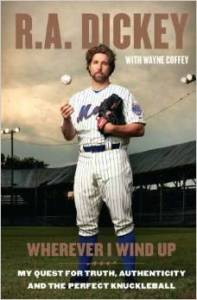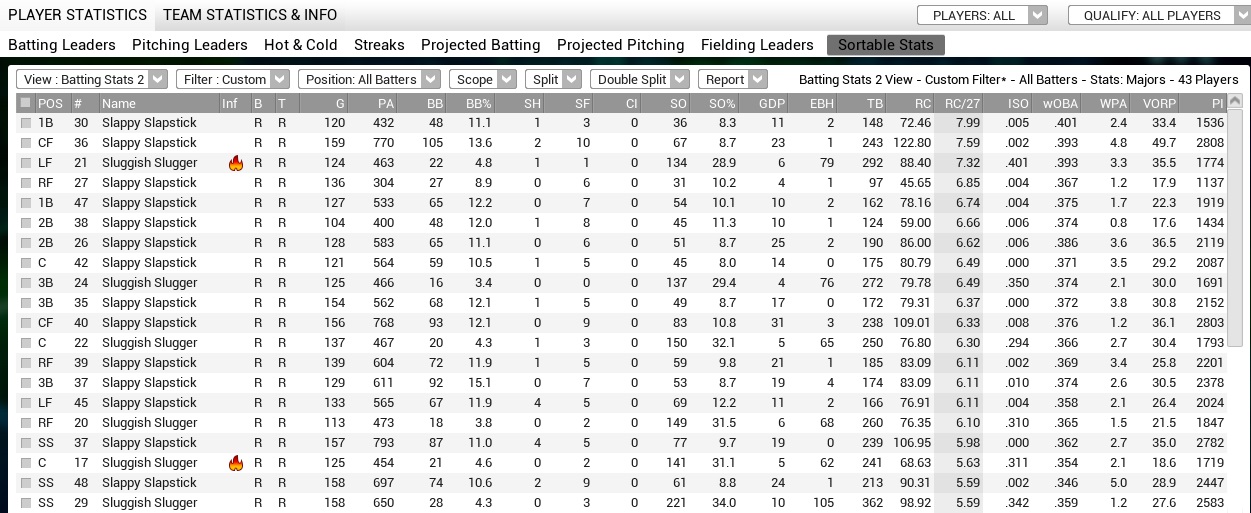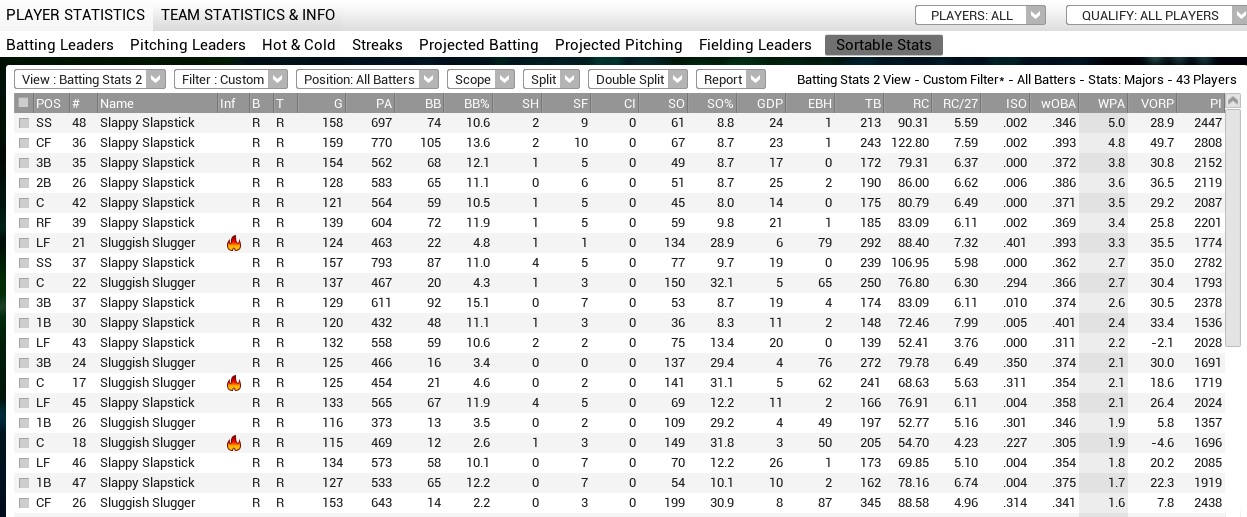Pitchers and catchers have reported. People need reasons to look toward spring especially if you live in the Eastern half of the country. So, let’s evaluate some ballplayers!
In this post, I will be evaluating the offseason free agent acquisitions for the National League. I will be using WAR (Wins Above Replacement) to evaluate the fifteen NL teams and its players. (WAR stats are courtesy of www.fangraphs.com – if you click on the player’s name, it should direct you to their website.)
Braves
Nick Markakis seems to generate the same WAR every year. His projected WAR this year is a quite a bit lower (a 64% decrease) probably because he’s coming over to the NL where there’s better pitching and his home park is historically a pitcher’s park. He’s past peak age and he has Freddie Freeman’s company as the only other true power threat in the Braves lineup. Should be an interesting year for Mr. Markakis.
Jonny Gomes has a cool name. That’s about all I can say about him.
AJ Pierzynski is now 38 years old. When the heck did that happen? He goes from the Cardinals to the Braves. Fangraphs predicts him to be above replacement level with a projection of 0.7. Pierzynski’s best days seem to be behind him, but you could do worse at the catcher’s spot.
Brewers
Neal Cotts is still playing?!? His K/9 last year was 8.51. Not bad, but not dominant for a reliever. He’s a lefty so he’ll probably play for about 8 more years.
Cardinals
The Cardinals have picked up the MLB single season strikeout leader in Mark Reynolds. But, he did hit 22 HR last year. His fellow power lineup mates are Matt Holliday and Jhonny Peralta. He may have a decent year power-wise.
I keep waiting for Carlos Villanueva to do something exciting like: throw a no-hitter, be an ace starter, or a become a closer. His career averages: K/9 – 7.77, BB/9 – 3.0, HR/9 – 1.21. Ah, that’s the problem… gives up too many long balls. STL’s home park will not help with that.
Belisle is your average joe middle reliever. His career HR/9 is below 1.0. Not bad!
Cubs
Jon Lester is an above average pitcher, but wow, that’s a lot of moolah. Well, good for him. He’s a left-hander. He’s in his prime. And he’s pitching half his games at Wrigley Field. He should have a solid year. But maybe not as good as last year according to projected WAR.
Hammel had a great year last year. His WAR was 1.7 . FanGraphs predicts 2.3. I predict a worse year. He’s prone to the long ball and his career HR/9 is over 1.0
Looks like the Cubs picked up a couple of veterans to fill out the roster in Denorfia and Ross.
Jason Motte did not pitch in 2013. He pitched some last year, but he’s still trying to shake the rust off. We’ll see if he can help out the Cubs in ’15.
Diamondbacks
Gerald Laird is your prototypical backup catcher. Good D, no bat.
Dodgers
Slight dip in Projected WAR for Brandon McCarthy. His best WAR year was 4.5 with Oakland. He is the magical prime age of 31 which is half of the success formula for pitchers coming to the NL. Too bad he’s not a lefty.
Brett Anderson, another former A, is a lefty, but he’s only 27. His WAR totals are rather erratic : 2009 – 3.6; 2010 – 2.4; 2011- 1.0 2012 – 0.9; 2013 – 0.3; 2014- 1.1 . Maybe he’ll get things going in the right direction for Dodger Blue. Moving from Colorado to LA should help.
Remember when Sergio Santos was a shortstop prospect? No? I do.
Dustin McGowan reminds me of Carlos Villanueva. Scouts rave about his arm and talent. Well, when’s he going to something with it? Last great year was 2007 – WAR – 3.5. Move to the NL might bump him up some, but it’s gotta be close to his last chance.
Giants
Nori Aoki is the poor man’s Ichiro Suzuki. Guy knows how to rake. He can steal a bit- probably needs to be given the green light more. WAR is projected to go down, but not much. His WARs are 2012 – 2.3; 2013- 1.6; 2014 – 2.3; Projected 2015 – 1.6. Consistent.
Jake Peavy should be a 100 years old by now. Just kidding. Just seems like he’s been around forever. His K/9s are slowly trending downward, but not a bad option for a #3 starter.
Sergio Romo is the Giants closer. He saved 38 games in 2013 and dipped down to 23 last year. His HR/9 last year was 1.40. He will have to correct that if he wants to remain closer.
Marlins
I always think that Michael Morse is overrated. He hit 31 HR in 2011, so he has power. He’s an OK power hitter and his 2015 Projected WAR agrees: 0.8
ICHIRO! The MLB single season hit leader will be taking his farewell tour to Miami. ICHIRO struck out 3 times as often as he walked last year, which seems very un-ICHIRO-like. He stole 15 bases last year probably mostly on brains and guile alone. But, he is 41.
Reid Brignac. Likely trying to win a bench spot with the Marlins this year.
Mets
Michael Cuddyer signed with the Mets. Did the Mets move those fences in yet? Cuddyer is a nice hitter at his age, but his home park will not help him.
Nationals
The Nats made a big splash in the offseason signing Max Scherzer to a 7 year, $210 million contract adding him to an already loaded pitching staff. This guy is a dynamite pitcher already and now he’s coming to the NL. Projected WAR says 4.1, but I say sky’s the limit, folks.
Casey Janssen’s Projected WAR for 2015 went up by 50 percent from his actual WAR in 2014. It’s that NL effect, I tell ya. Will compete for the closing job in Washington.
Dan Uggla has an eye condition, according to RotoWire News, which may put his 2015 in jeopardy.
Heath Bell is trying to turn his career around. His K/9 as recently as 2013 was 9.87.
Padres
James Shields has pitched 200+ innings 8 seasons in a row. He’s a good pitcher. How much more can the arm take? Stay tuned.
Brandon Morrow’s BB/9 for his career is 4.16. Pass.
Clint Barmes seems to be coming towards the end of his career. He’s a decent fielder so he’ll be probably be brought in for defensive purposes.
Josh Johnson has had 2 Tommy John surgeries. The odds of coming back from this are long. Hopefully, luck is on his side.
Phillies
Aaron Harang is a serviceable starting pitcher. He’s going to Philadelphia which could make things tough considering their recent history. His projected WAR this year is 0.0. On the plus side, Philly’s home park is a pitcher’s park, which could bail him out of HR trouble.
Billingsley’s had surgeries in two straight years: TJ and torn flexor repair. His career total WAR is 17.2. Best season was 2008 9.01 K/9; 4.1 WAR.
Pirates
Fangraphs is predicting quite the bump up in WAR for Francisco Liriano 1.6 to 2.9. He’s a lefty and he’s 31. Could be a big year!
Burnett is back with the Pirates after a lost year with the Phillies. PNC is surprisingly more of a hitter’s park than Citizen’s Bank so Burnett’s HR total might increase. Keep an eye on it.
Hart is quite injury prone lately with knee and hamstring problems. He will be platooning with Pedro Alavarez at first base. But, he’s got some punch in that bat. Might be a sneaky good pickup for the Bucs.
Reds
Kevin Gregg. Hmm. He threw a cutter 21.5% of the time last year. Might help him in his new home digs in Cincy.Burke Badenhop before been better? A bad attempt at an alliterative sentence. What I mean to say is… has Badenhop ever been good? Last year was his best WAR year at 1.0. Half his home games in Fenway Park! Wow.
Paul Maholm. He’s a lefty. He’s 32. About the best I can say about him is his GB% last year was 54.4%.
Rockies
Axford had a couple of high save total years with the Brewers in 2010 (46) and 2011 (35). He had two WAR years of 1.8. Seems to have fallen off a cliff somewhat. Could bounce back in Colorado, but he’s gotta keep the ball in the park.
Betancourt has had some crazy command years. 89 Ks to 8 BBs in 2010 for the Rockies for a K/BB ratio of 11.25. He’s fallen off in recent years. He signed a minor league deal and hopes to hang for a last year of glory in the Mile High City.
Next Up: The American League!

